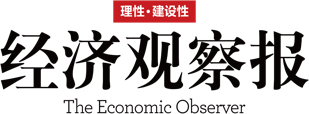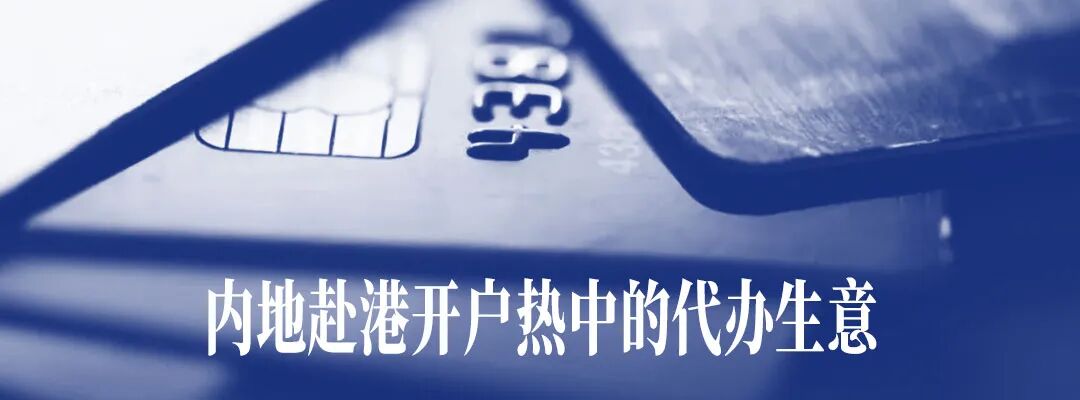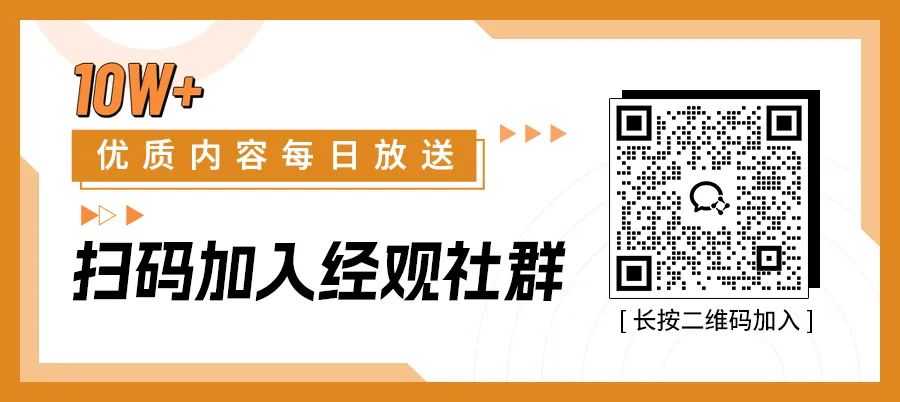
 Any strategy that attempts to maintain a technological advantage through blockades will ultimately give rise to stronger alternatives. The only way to change this is to return to the philosophical discourse proposed by Popper in “The Open Society and Its Enemies”—we should believe in the power of openness and trust that an open ecosystem will ultimately be the source of innovation in artificial intelligence technology.
Any strategy that attempts to maintain a technological advantage through blockades will ultimately give rise to stronger alternatives. The only way to change this is to return to the philosophical discourse proposed by Popper in “The Open Society and Its Enemies”—we should believe in the power of openness and trust that an open ecosystem will ultimately be the source of innovation in artificial intelligence technology.
 Author: Chen Bai Cover Image: Tuchong Creative
Author: Chen Bai Cover Image: Tuchong Creative

The changes in the global chip industry in recent years have perhaps never been as concentrated as they have been this month.
On May 19, Jensen Huang, in a rare interview after his keynote speech at Computex 2025 in Taiwan, discussed issues such as AI diffusion rules and chip export controls. Huang stated that the AI diffusion rules that restrict other countries from using American technology were misguided from the start. The U.S. should accelerate the global promotion of American technology, or it will be too late.
Just days earlier, on May 13, the U.S. Department of Commerce’s Bureau of Industry and Security (BIS) announced the withdrawal of the “AI diffusion rules” that were supposed to take effect on May 15, which had been signed by the Biden administration. However, at the same time, BIS released a series of new measures to strengthen global semiconductor export controls, including a series of extremely strict bans on Huawei’s Ascend chips and restrictions on the use of AI chips in China.
On one side is the rapid evolution of AI applications, while on the other is the strict guarding of infrastructure chips. Coupled with the recent congressional hearings targeting leaders of Silicon Valley AI companies, it is clear that the fear and vigilance towards China’s AI industry have become a core strategy in the great power competition.
Recently, Chinese companies have indeed been very active. In addition to a series of moves by Huawei’s HarmonyOS, Xiaomi has also announced the revival of its long-dormant chip manufacturing plans, and based on the disclosed chip performance, Xiaomi’s Xuanjie O1 seems to hold promise. Furthermore, DeepSeek has broken the AI computing power curse, and numerous Chinese internet tech companies’ AI large models have repeatedly topped technical evaluation rankings, indicating that the evolution speed of China’s AI industry is not slow.
At this stage, the strategic significance of the chip industry is completely different from that of the Trump 1.0 era in 2018. While chips were more of an important target for global trade back then, today, with AI concerning the future of globalization, Chris Miller’s so-called version 2.0 of the chip war is indeed happening.
On May 19, NVIDIA CEO Jensen Huang announced during the opening speech of Computex 2025 that NVIDIA will collaborate with TSMC and Foxconn to establish an AI supercomputer in Taiwan. As the “shovel seller” of this round of artificial intelligence, Huang’s value has risen just like NVIDIA’s stock price in recent times.
There is no doubt that the global chip industry is at a historic turning point. From the escalation of U.S. export controls to the intensive breakthroughs by Chinese companies, and NVIDIA’s industrial chain layout, this series of events in May may be the prelude to greater changes.
The next question is, how can we win this test of technological innovation capability in the forefront of technology competition?
The increasingly intense “technological sovereignty” and the underlying technological nationalism are already undermining the normal business ecosystem. The difficult choices are not only faced by Chinese companies like Huawei, Xiaomi, and BAT, but also by the tech giants in Silicon Valley. From a business perspective, compared to the Chinese companies’ thirst for AI chips, the latter equally or even more desires China’s vast trading scenes, data, and market.
From a technical perspective, DeepSeek has broken the AI competition score and even shattered the computing power monopoly through open source. We can see that only an open ecosystem and open systems are the sole source of technological innovation. The deeper impact of blockades is that when technological standards create regional barriers, the global data flow required for training AI large models may be forcibly severed, which is not good for either side.
Historical experience shows that any strategy that attempts to maintain a technological advantage through blockades will ultimately give rise to stronger alternatives. The only way to change this is to return to the philosophical discourse proposed by Popper in “The Open Society and Its Enemies”—we should believe in the power of openness and trust that an open ecosystem will ultimately be the source of innovation in artificial intelligence technology.
For China, the breakthrough path lies in transforming market scale advantages into technological open ecosystem advantages. At this moment, compared to independent innovation, what we need more is to advocate for openness. Because for the revolution in artificial intelligence technology, only a more open ecosystem can ultimately win the future.
As the geopolitical race replaces Moore’s Law as a more fundamental influencing factor in the global chip industry, the real choice facing this industry is: to continue down the abyss of technological nationalism or to rebuild an innovation community based on common interests.
Ultimately, as we stand at the new crossroads of chip and artificial intelligence development, rather than focusing on the so-called “AI race” or “chip war,” we need to ask ourselves: in light of Geoffrey Hinton’s pessimistic predictions about the future of artificial intelligence potentially replacing humanity, what exactly are we fighting for today?
(The author is a senior media person)





